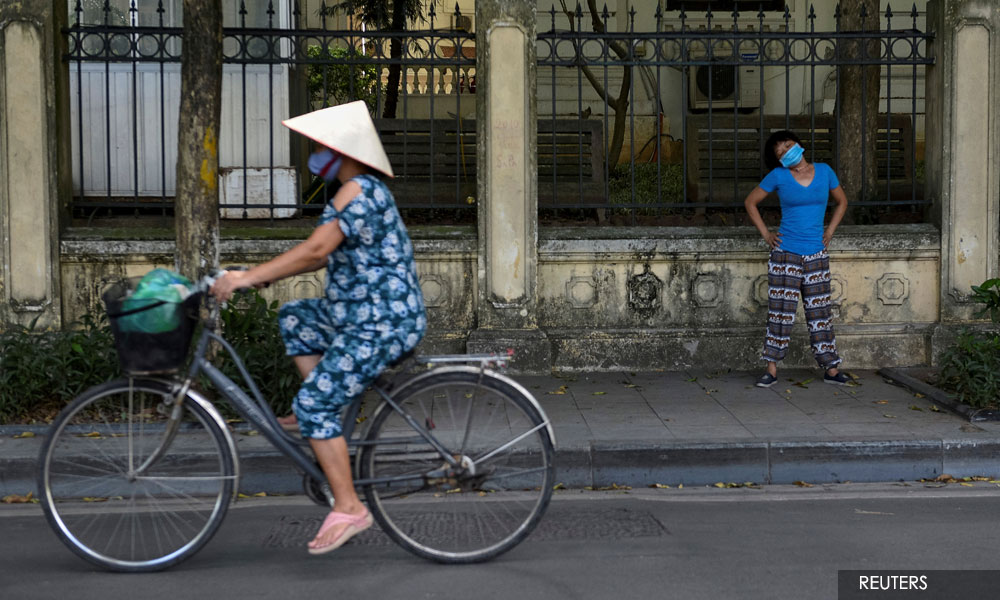Several Vietnamese cities are cutting use of public lighting to save energy for households and manufacturing, the Industry and Trade Ministry said on Thursday, amid looming power shortages due to heatwaves.
"Authorities in many provinces and cities have taken measures to save energy to ensure stable and safe electricity supplies," the ministry said in a statement.
Vietnam's state utility EVN earlier this month warned the national power system will be stretched as electricity consumption was forecast to rise sharply due to anticipated heatwaves, while water levels at some hydropower dams were lower than normal.
Public lighting in the capital Hanoi is being turned on 30 minutes later and turned off 30 minutes earlier than usual, the ministry said, adding that half the street lights along some major thoroughfares and in public parks have been completely cut.
The ministry said the move is to save energy for household consumption and for maintaining industrial output, which is essential for the Southeast Asian country's economy that has recently shown signs of slowing.
The ministry called on people to turn off electric devices when not in use and set air-conditioners' temperatures above 26 degree Celsius, adding that office buildings and shopping malls are encouraged to use just half of their exterior lighting systems.
The government last week approved a long-awaited plan to more than double its power generation capacity to over 150 gigawatts (GW) by 2030 from 69 GW at the end of 2020 to ensure sufficient energy for a projected economic growth of 7 percent a year during the period.

Vietnam earlier this week opened a new 110-kV power transmission line from China to increase its electricity purchases from the neighbouring country, according to state media. The country is also seeking to import more electricity from Laos.
Vietnam aims to raise its electricity imports to 5 gigawatts by 2030, accounting for 3.3 percent of its power mix, according to the plan. Its electricity imports, mainly from Laos and China, stood at 572 megawatts at the end of 2020.
The ministry said in a separate statement on Wednesday it is working with renewable energy developers on pricing mechanisms to quickly hook their new plants to the national grid.
- Reuters

